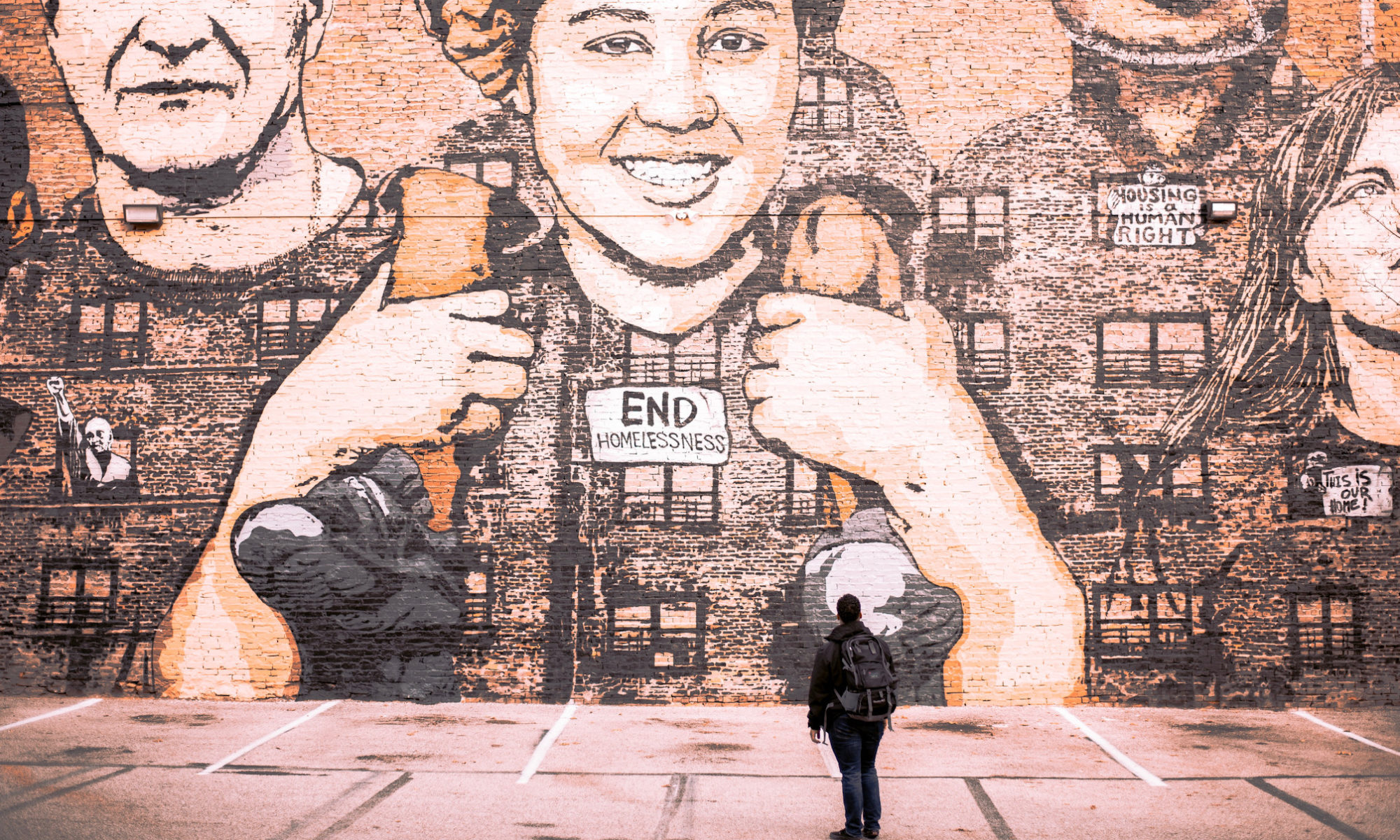
The eruption that started suddenly last night with great power has already significantly decreased in intensity.
Lava fountaining is now limited to the central part of the fissure and over a length of 300 to 500 meters, where a new ridge of connecting spatter ramparts is beging formed. Lava output rates went down by 80-90%, from initially up to 200 cubic meters a second to now estimated 20 m3/s.
Earthquake activity has subsided again, a sign that the eruption probably has entered a stable phase and no longer creates new dikes (fissures) at depth.
Overall, it seems that the worst scenario of lava threatening the town of Grindavik is no longer as likely as it could have been and at the very least, the eruption lets Iceland’s people gain time, which can be used to construct barriers that hopefully would divert lava flows should at some point lava starts to flow towards the west and southwest.
In the meanwhile, the construction of defensive walls in the area around the geothermal power plant at the famous Blue Lagoon (which closed again, of course, after having just opened for the first day of operation since the crisis in November…) continues and seems to be close to completion by now, according to Icelandic News articles.
A time-lapse video of the initial stage of the eruption has emerged that is worth watching, as it shows the subsequent opening of parallel fissures:
About the best video I’ve ever seen. My favourite thing is how the fissure opens up along sections of a pre-existing fissure separated by transform faults. Absolutely stunning. https://t.co/sMbpKGmfWp
— Dan Manns (@DJCManns) December 19, 2023

